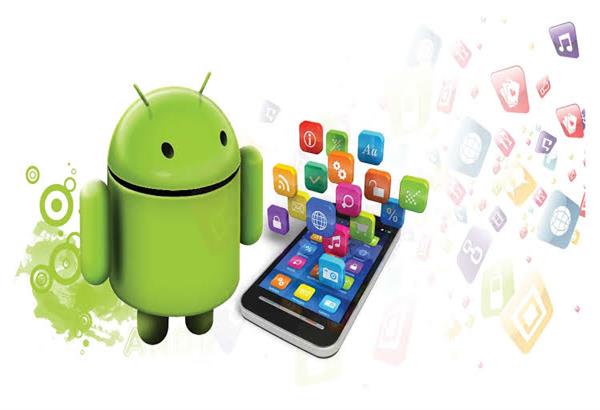Android provides a robust framework for handling background processing and multitasking, allowing apps to perform tasks even when they are not in the foreground or actively visible to the user. The Android operating system manages background processing in an efficient manner, balancing system resources and ensuring a smooth user experience. Let's explore how Android handles background processing and multitasking.

1. Background Services:
Android allows apps to run background services, which are components that can perform long-running operations in the background. Services can run independently or be bound to other components like activities or fragments. Background services are useful for tasks such as downloading files, playing music, syncing data, or performing periodic operations.
2. JobScheduler and WorkManager:
Android provides the JobScheduler and WorkManager APIs to schedule background tasks that require specific conditions or constraints. JobScheduler allows you to schedule jobs based on criteria such as network availability, charging status, or device idle state. WorkManager is a higher-level API that intelligently chooses the best scheduling strategy based on device and app conditions, ensuring backward compatibility with older Android versions.
3. IntentService:
IntentService is a subclass of Service that simplifies background processing for tasks that can be divided into discrete units of work. It automatically handles multi-threading, running each incoming intent on a separate worker thread, and stopping itself when the work is complete. IntentService is commonly used for tasks like processing network requests, database operations, or file I/O.
4. Foreground Services:
Foreground services are services that have a higher priority and provide ongoing notifications to the user, indicating that the app is performing a task in the background. Foreground services are typically used for tasks that require ongoing user awareness and interaction, such as playing music, recording audio, or providing real-time updates.
5. Broadcast Receivers:
Broadcast Receivers allow apps to respond to system-level or custom events even when they are not actively running. Apps can register broadcast receivers to listen for specific events, such as device boot completion, network connectivity changes, or battery level updates. When the event occurs, the system delivers the broadcast intent to the registered receivers, allowing apps to perform background tasks in response.
6. Background Restrictions and Doze Mode:
To optimize battery life and system performance, Android applies certain background restrictions and power-saving mechanisms. Doze Mode, introduced in Android Marshmallow, reduces background processing and network activity when the device is idle for an extended period. App Standby, introduced in Android Marshmallow as well, restricts background activities of infrequently used apps. These restrictions help conserve battery power and prevent excessive resource usage in the background.
7. Multitasking and Recent Apps:
Android supports multitasking by allowing users to switch between multiple apps seamlessly. Users can access the Recent Apps screen to see the list of recently used apps and switch to any of them. Android manages memory and CPU resources efficiently, suspending or terminating background apps as needed to prioritize foreground activities and provide a smooth user experience.
By providing a variety of background processing mechanisms and multitasking support, Android enables apps to perform tasks efficiently in the background while ensuring system stability and user satisfaction. Developers need to consider the impact of background processing on system resources, battery life, and user privacy, and implement background tasks responsibly to create high-quality, responsive, and power-efficient apps.